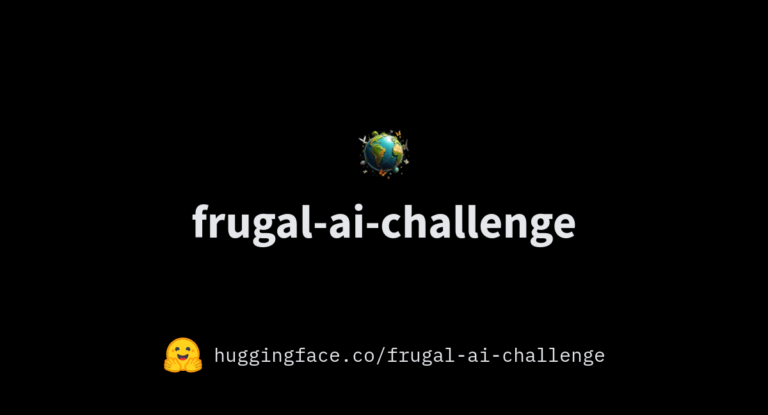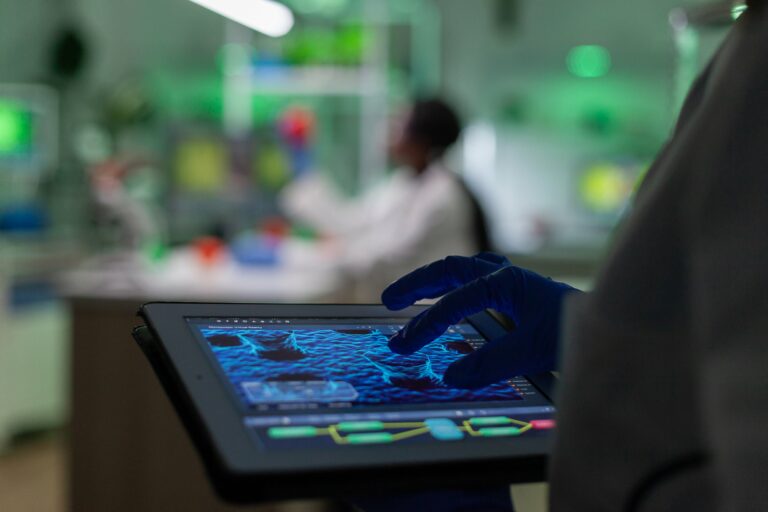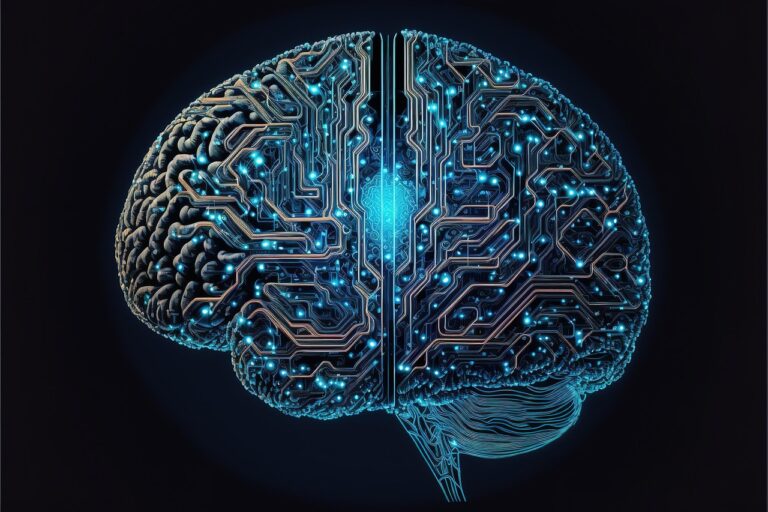Key challenges for the environmental performance of AI
In the months leading up to the AI Action Summit, a wide range of stakeholders were consulted to elaborate collaboratively a position paper on the current key challenges to foster environmental performance and reduce the environmental impact of AI. The goal is to align internationally on the major challenges to achieve environmental performance of hardware and software and extend the lifespan of equipment and software used for AI.
INRIA and the French Ministry of Ecological Transition worked closely together to lead and coordinate the creation of a position paper that presents the major challenges to be addressed in order to improve the environmental performance of artificial intelligence. This document is the result of a collaborative process bringing together many partners, including major industrial players, leading researchers, NGOs and international organizations.
In order to ensure an informed approach, more than 70 experts participated in the consultation sessions, thus making it possible to cross-reference varied perspectives and to confront the different technical and societal visions of AI and its impact on the environment. The main challenge of this reflection is twofold: maximizing the positive impacts of AI on the environment, in particular by facilitating the ecological transition in sectors such as energy or agriculture, while reducing its direct environmental footprint, due to the massive consumption of resources (energy, water, rare metals) throughout the life cycle of AI, from manufacturing to the end of life of electronic equipment.
The position paper highlights 5 key challenges:
- The environmental performance of the underlying technologies, with a focus on the design of hardware and software infrastructures;
- The development of more specialized and sober AI, in order to limit the race towards ever more massive and energy-intensive models;
- The improvement of environmental impact assessment methods, thanks to better data and monitoring indicators;
- The integration of hardware in a circularity logic, in particular via the modular and repairable design of equipment to extend its lifespan and recycling, in particular of rare metals;
- Increased awareness and training on the challenges of sustainable AI, both for decision-makers and the general public.
This work, which is part of a dynamic of dialogue and co-construction, is intended to evolve with technological advances and feedback from the stakeholders involved. It constitutes a solid basis for guiding public policies and industrial strategies in terms of responsible and sustainable AI.








